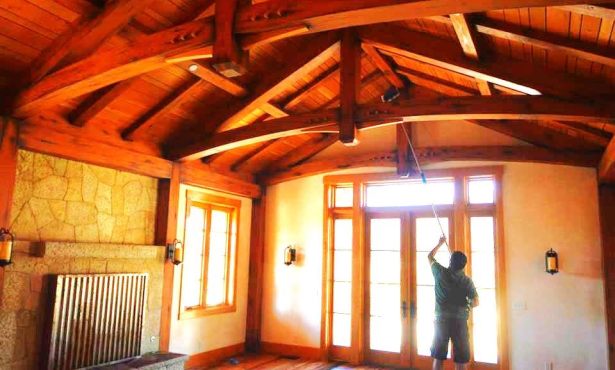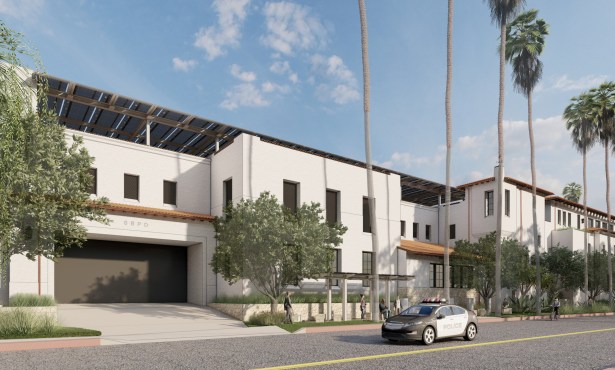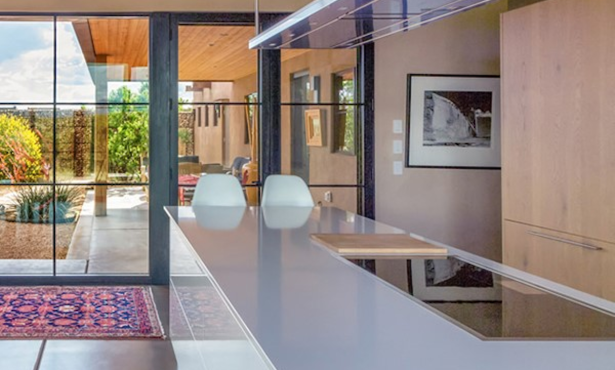High-Performance Building
Benefits of Passive House Construction

As our climate has changed and our need to transition away from burning fossil fuel for energy has become increasingly apparent, new construction materials and methods are gaining popularity.
If an older building is like a paper coffee cup that loses heat quickly, our current buildings could be compared to a thermos with the lid off. It will retain more heat than the paper cup, but it will not retain that heat for long.
Surprisingly, although California has some of the toughest building regulations in the nation, leaks are not regulated. In the 1990s, a group of German scientists added up all our allowable leaks and concluded that we have the equivalent of a window open all year long.
The scientists proposed a way of building that has continuous insulation and is air-tight that dramatically lowers energy usage. Along with airtightness, they proposed low-volume continuous ventilation, which brings in fresh air, filters it, distributes it to all living and sleeping spaces, and then expels stale air from kitchens, laundry, and bathrooms.
What resulted were buildings that not only had ultra-low energy usage but also excellent indoor air quality. The windows can be open when the weather permits but seal up tight when conditioned air is needed.
During a fire season, it is easy to see why filtered air would be an asset.
Better yet, they invented an electric device called Heat Recovery Ventilation (HVR) which allows conditioned air to remain inside a building while stale air gets expelled. Heat generated from appliances, humans, showers, or solar gain can be recovered when we want warmer indoor temps, lessening the need for mechanical equipment. Similarly, and with the same HRV unit, cooled air can be recovered before stale air gets expelled.
Sign up for Indy Today to receive fresh news from Independent.com, in your inbox, every morning.
These building standards and methods of construction are called Passive House, and there are now more than 60,000 such structures around the world. We have one here in Santa Barbara, designed by Ed deVicente, AIA, of DMHA Architecture. Convinced of the superiority of this new way of building, deVicente used these standards for a Habitat for Humanity housing project.
In areas of the country with severe weather swings, there is greater adoption of these standards. There are robust Passive House communities in the Northeast, Northwest, Canada, Europe, and Australia. Our weather here is milder, and there has not been the incentive to take these extra steps. But the need to reduce our consumption of fossil fuels is growing.
Airtight construction also allows for buildings to be exceptionally durable. Mold and mildew can occur at leak points of a building. For evidence of this, take a look at your windowsills after a wildfire. My guess is that soot made its way into your house. Our buildings are leakier than we think.
During the Texas freeze last winter, houses lost their power, and their heat turned off. As the outdoor temperatures plummeted, so did their interior temperatures. Had these houses been constructed like a thermos with a lid on tight, they would have had more stable indoor temperatures, losing only one degree a day.
It is doubtful that we will ever experience a winter extreme such as Texas, but we are experiencing our own cocktail of warming temperatures and smoky wildfires. Burning fossil fuel brought us to this point, and we have a way of building to lessen that dependence as well as creating a healthier and safer indoor environment.
More information on high-performance building can be found at 3c-ren.org/building-performance-training.
Dee Carawan, AIA, is a local architect with a residential practice. She can be reached at dee@carawanarchitecture.com. Architecturally Speaking is written by members of the American Institute of Architects’ Santa Barbara chapter.
Support the Santa Barbara Independent through a long-term or a single contribution.



